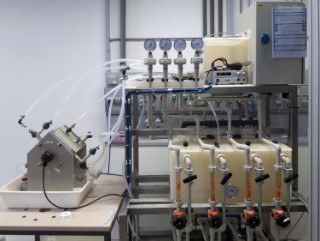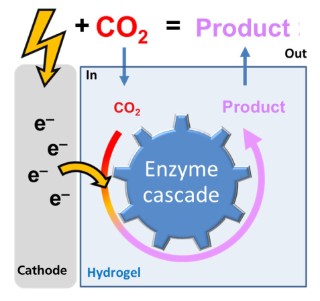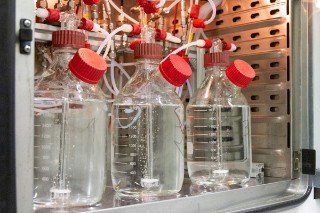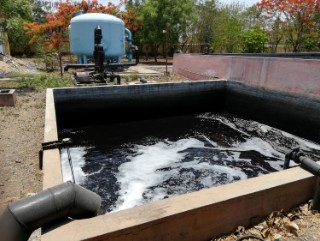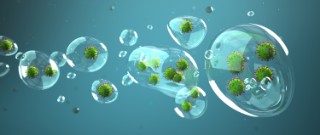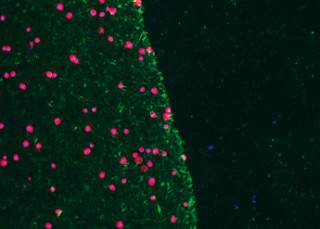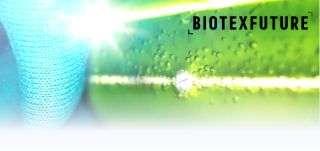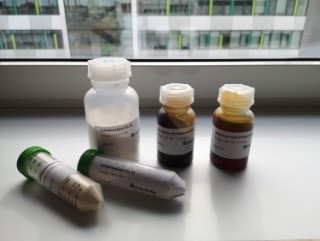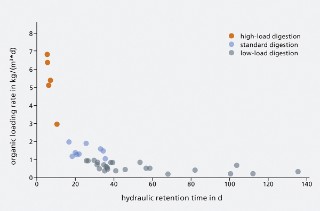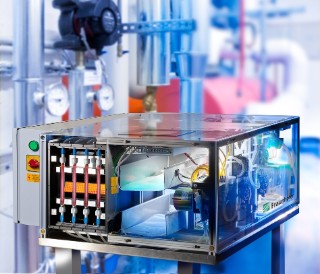Fraunhofer IGB is working successfully in numerous (joint) projects funded by German Federal Ministries, by the European Union or by foundations. Here we present a selection of current and completed projects.
Funding: BMBF || Duration: April 2019 – March 2022 || In the “abonoCARE®” project, nine small and medium-sized enterprises (SMEs) have joined forces with six research institutions in order to develop economic value chains for nutrient recycling from organic residues and to offer sustainable high-performance fertilizer products for efficient agriculture. For this purpose, different technologies for the processing and formulation of organic residues are being developed.
more info Fraunhofer Institute for Interfacial Engineering and Biotechnology IGB
Fraunhofer Institute for Interfacial Engineering and Biotechnology IGB